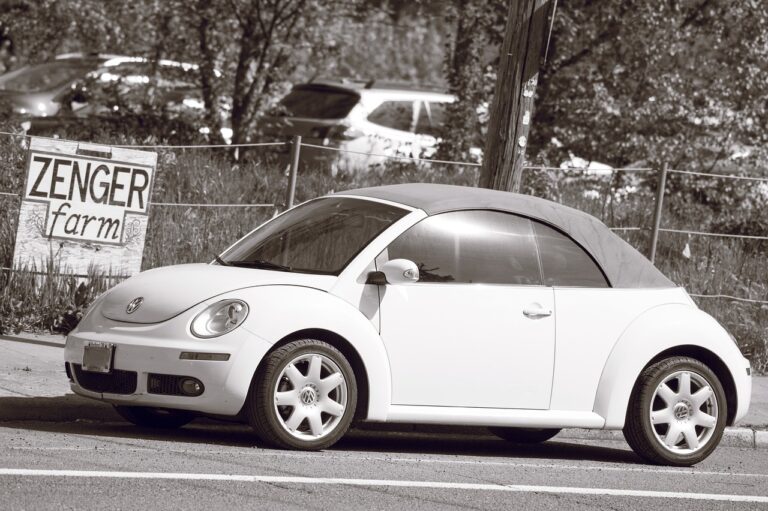Leveraging Recycled Tire Rubber in Sports Field Construction: Business Perspectives: 11xplay, Gold365.win, Skyexchange registration
11xplay, gold365.win, skyexchange registration: Leveraging Recycled Tire Rubber in Sports Field Construction: Business Perspectives
Sports field construction has evolved over the years, with a growing emphasis on sustainability and environmental responsibility. One innovative approach gaining traction in the industry is the use of recycled tire rubber in the construction of sports fields. This not only provides a cost-effective solution but also helps in reducing environmental waste and promoting a circular economy.
The incorporation of recycled tire rubber in sports field construction offers several advantages, both from a business and environmental perspective. Let’s delve into some key benefits and considerations for businesses looking to leverage this sustainable solution.
1. Cost-Effectiveness
Using recycled tire rubber as infill material for sports fields can significantly lower construction costs. As recycled rubber is readily available and relatively inexpensive compared to traditional infill materials, businesses can save on material costs while still maintaining the quality and performance of the sports field.
2. Durability and Performance
Recycled tire rubber is known for its durability and shock-absorbing properties, making it an ideal choice for sports field construction. It provides excellent cushioning and support for athletes, reducing the risk of injuries and enhancing overall performance on the field.
3. Environmental Impact
By repurposing recycled tire rubber for sports field construction, businesses can help reduce the environmental impact of tire waste. Each year, millions of tires are discarded, creating a significant challenge for waste management. By using recycled rubber in sports field construction, businesses can contribute to a more sustainable and eco-friendly approach to field development.
4. Versatility
Recycled tire rubber can be used in various components of sports field construction, including infill material for artificial turf, shock pads, and underlayment layers. Its versatility makes it a valuable resource for businesses looking to incorporate sustainable practices in their construction projects.
5. Regulatory Compliance
When using recycled tire rubber in sports field construction, businesses must ensure compliance with relevant regulations and standards. It is essential to verify the quality and safety of the recycled rubber material to meet industry requirements and ensure the longevity of the sports field.
6. Marketing and Branding Opportunities
By adopting sustainable practices such as using recycled tire rubber in sports field construction, businesses can enhance their brand reputation and appeal to environmentally-conscious consumers. Promoting the eco-friendly aspects of the construction process can attract new customers and differentiate businesses in a competitive market.
Frequently Asked Questions (FAQs):
Q: Is recycled tire rubber safe for sports field construction?
A: Yes, recycled tire rubber is thoroughly cleaned and processed to meet industry standards for safety and performance in sports field construction.
Q: How can businesses source recycled tire rubber for their construction projects?
A: Businesses can collaborate with specialized recycling companies or suppliers that offer recycled tire rubber products for sports field construction.
Q: What are the maintenance requirements for sports fields constructed with recycled tire rubber?
A: Sports fields using recycled rubber infill require standard maintenance practices such as grooming, brushing, and infill top-ups to ensure optimal performance and longevity.
In conclusion, leveraging recycled tire rubber in sports field construction offers a sustainable and cost-effective solution for businesses in the industry. By prioritizing environmental responsibility and innovation, businesses can create high-quality sports fields that meet the needs of athletes and communities while reducing their carbon footprint. Embracing recycled rubber as a valuable resource in construction projects can pave the way for a more sustainable future in the sports field industry.







